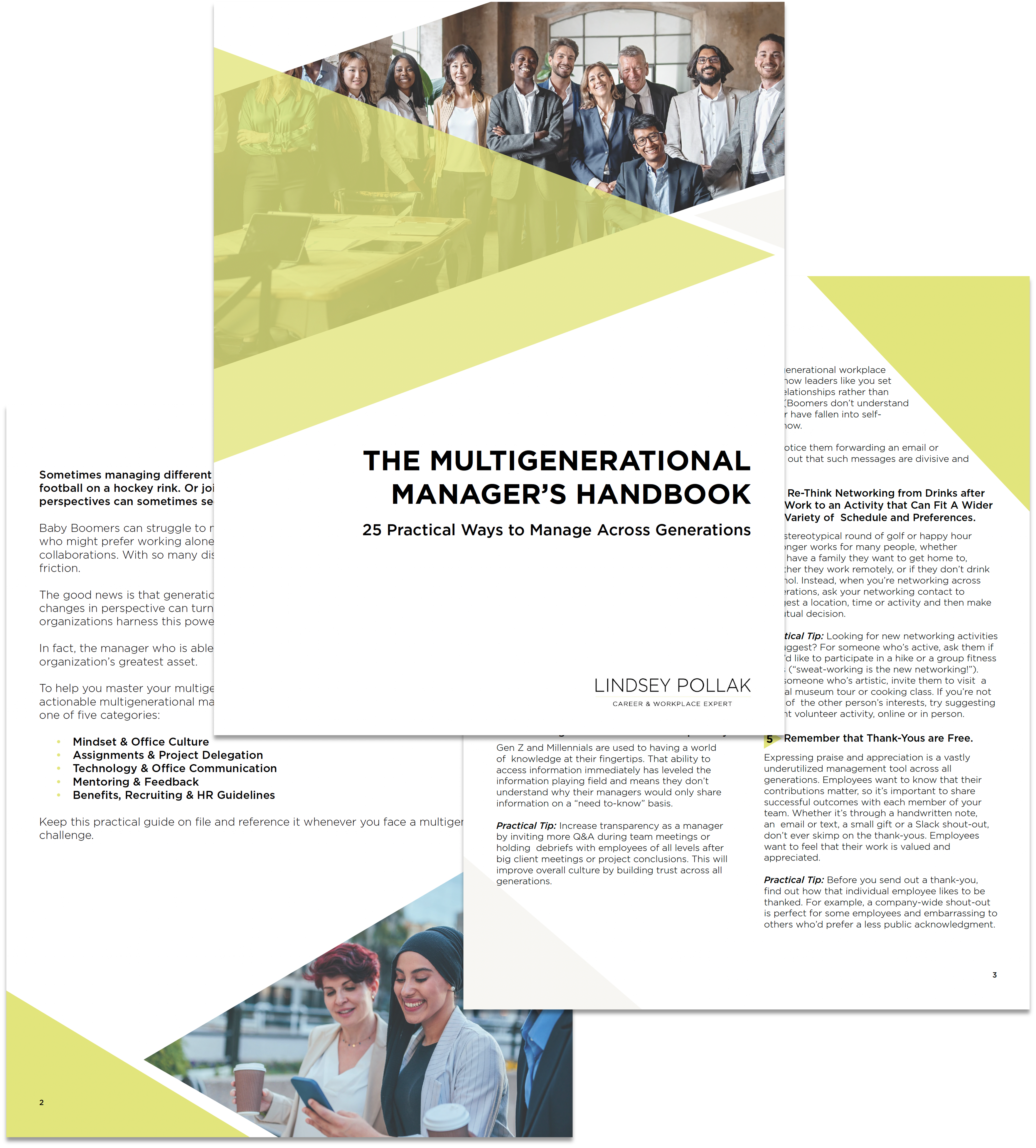This article originally appeared in the DowntownWomensClub.com DISH e-newsletter.
I feel compelled to address a topic that comes up virtually every time someone asks me for career advice. Whether you’re a job seeker, small business owner, corporate employee or freelancer, the smartest strategy is not to ask “What’s in it for me?” but the exact opposite: What’s in it for them?
By looking at what the other person has to gain in any situation, you can usually achieve whatever result you desire and build a strong relationship in the process. This requires some flexibility and creative thinking, but you’ll be amazed by the results you can achieve. Here are some examples:
Cover letters. Rather than emphasizing how much you want to learn and grow by working at XYZ Company, instead tell the employer how much you want to contribute to their success. Instead of this writing, “I am eager to use and develop my sales ability,” try the WIIFT approach: “I am eager to apply my proven sales ability to help increase the bottom line of your new department.”
Job interviews. Studies have shown that the more the interviewer talks during an interview, the more likely the candidate will be hired. It’s no secret that people love to talk about themselves, and beyond that, asking an interviewer questions and listening politely to the answers indicates that you are curious, gracious and modest.
Client Service. What’s the best way to ensure happy clients who will continue to use your products or services? Simply ask them what will make them happy. Consider asking questions such as “What would make you thrilled with the outcome of this project?” And if you ever need to miss a deadline or deliver less than you’ve promised, don’t freak out; instead, apply the WIIFT principle. In my case, if I need extra time on a project, I offer a 10% discount on my fee. What’s in it for my clients is a lower price; what’s in it for me is less deadline stress and a happy customer.
Networking. Networking has to be mutually beneficial to be effective. Applying the WIIFT principle, I recommend being the first to ask what you can do to support a professional contact. Simply say: “I think we have a lot in common and can help each other. Is there anything I can do to support you right now?” Or, if you are hoping for some immediate assistance: “I’m looking for a job right now and would love to ask you for some advice about the real estate industry. What could I do to make it worth your time to have coffee and a chat with me?”
Practicing the WIIFT principle shows that you respect other people’s time, opinions and needs. In turn, they’re bound to show you the same loyalty and respect in return. In the words of Deepak Chopra from The Seven Spiritual Laws of Success, “The easiest way to get what you want is to help others get what they want.” Perhaps we should really practice the WIIFE principle – What’s in it for Everyone.
Now tell me what I can put in this blog for you. Ask me your career question!

